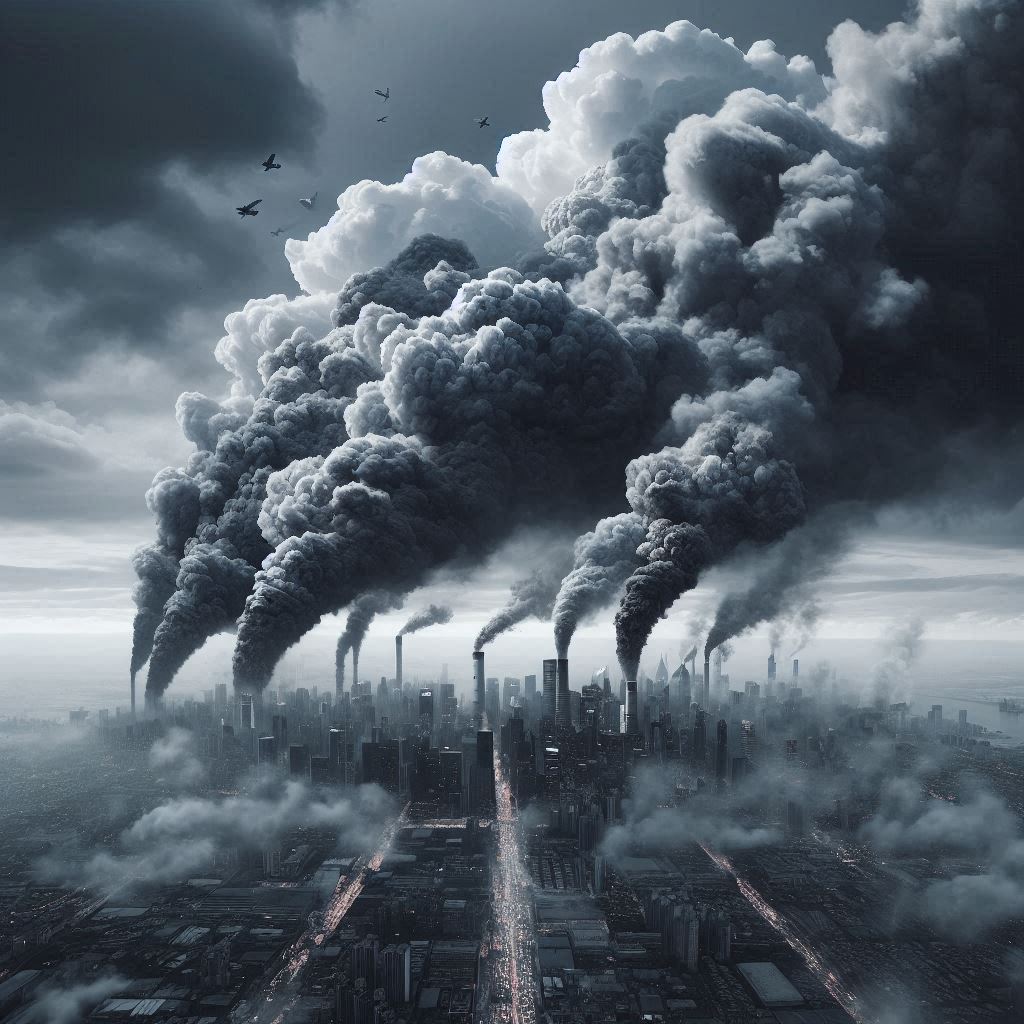|
Greenhouse gas - Wikipedia
Greenhouse gases trap some of the heat that results when sunlight heats the Earth's surface. Three important greenhouse gases are shown symbolically in this image: carbon dioxide, water vapor, and methane. Physical drivers of global warming that has happened so far.
Homepage | GHG Protocol
Standards & Guidance GHG Protocol supplies the world's most widely used greenhouse gas accounting standards and guidance.
Greenhouse Gas (GHG) Emissions and Removals | US EPA
Learn about the most important GHGs. Where do GHGs come from? Learn about the human activities that add GHGs to our atmosphere. Find out more about global greenhouse gas emissions and trends. Learn about corporate GHG management and use the Emission Factors Hub and Corporate GHG Emission Calculator.
What Are Greenhouse Gases and Why Do They Matter
Greenhouse gases (GHGs) are a category of gases that absorb heat energy emitted from the planet's surface and they remain in Earth's atmosphere for a long time (from decades to centuries).
Definition, Emissions, & Greenhouse Effect - Britannica
greenhouse gas, any gas that has the property of absorbing infrared radiation (net heat energy) emitted from Earth’s surface and reradiating it back to Earth’s surface, thus contributing to the greenhouse effect. Carbon dioxide, methane, and water vapour are the most important greenhouse gases.
Greenhouse Gases - MIT Climate Portal
For climate change, the most important greenhouse gas is carbon dioxide, which is why you hear so many references to “carbon” when people talk about climate change. There are three main reasons CO 2 is so central to the global warming happening today. First, there is just so much of it.
Greenhouse gases - U.S. Energy Information Administration (EIA)
Many of the chemical compounds in the earth's atmosphere act as greenhouse gases. When sunlight strikes the earth's surface, some of it radiates back toward space as infrared radiation (heat).
Greenhouse Gas Emissions Statistics and Facts (2025 Updated)
Greenhouse Gas Emissions Statistics: CO₂ makes up about 79% of greenhouse gas emissions, mainly from burning fossil fuels and deforestation.
Overview of Greenhouse Gases | US EPA
Gases that trap heat in the atmosphere are called greenhouse gases. This section provides information on emissions and removals of the main greenhouse gases to and from the atmosphere. Click on a greenhouse gas below to learn about its emissions in more detail.
Greenhouse gases - World Meteorological Organization
Greenhouse gases (GHGs) in the atmosphere trap infrared radiation from the Earth, keeping it warm, this is known as the greenhouse effect. GHG emissions from human activities provided the majority contribution towards global warming of 1.1 °C.
|


